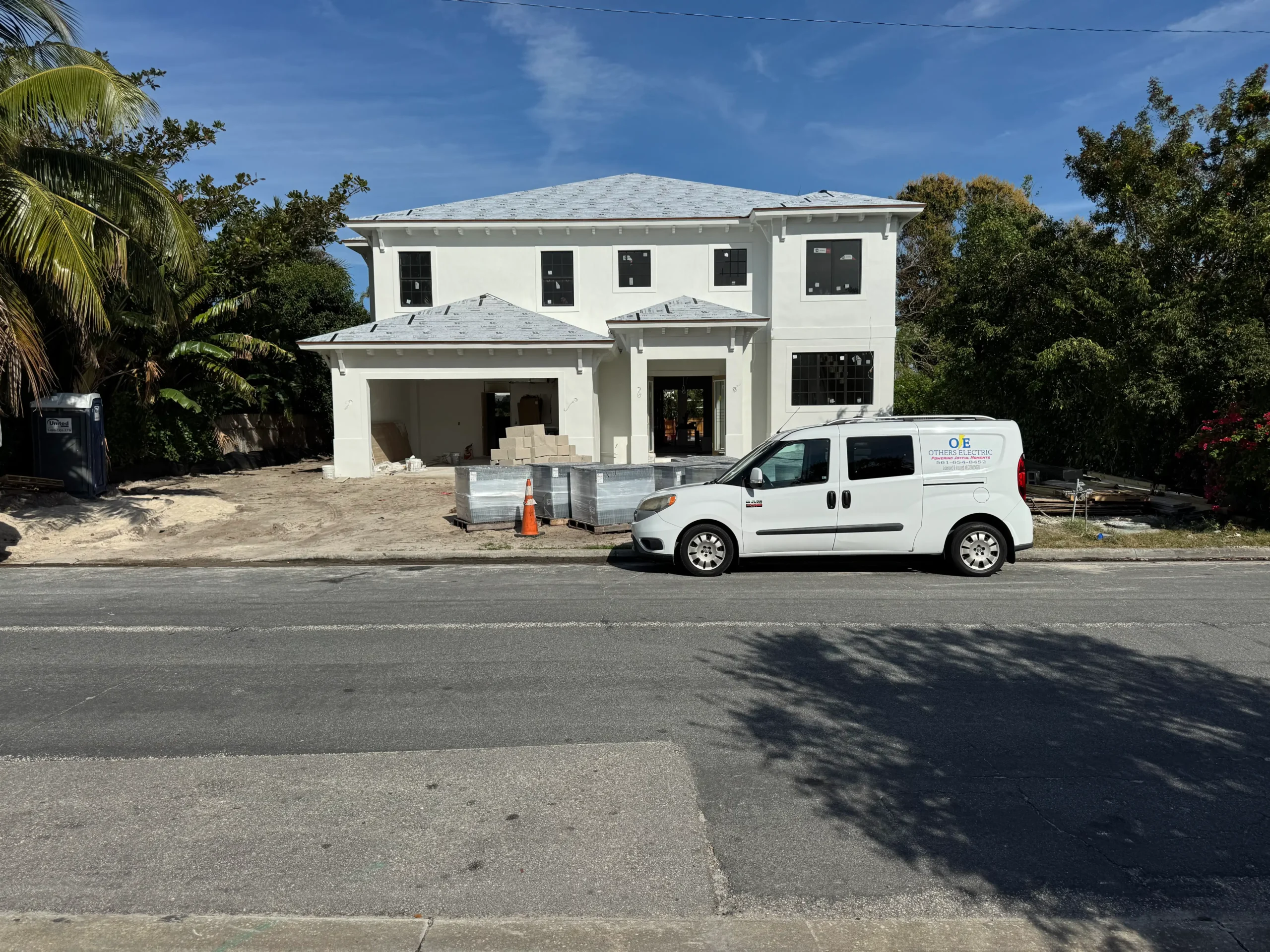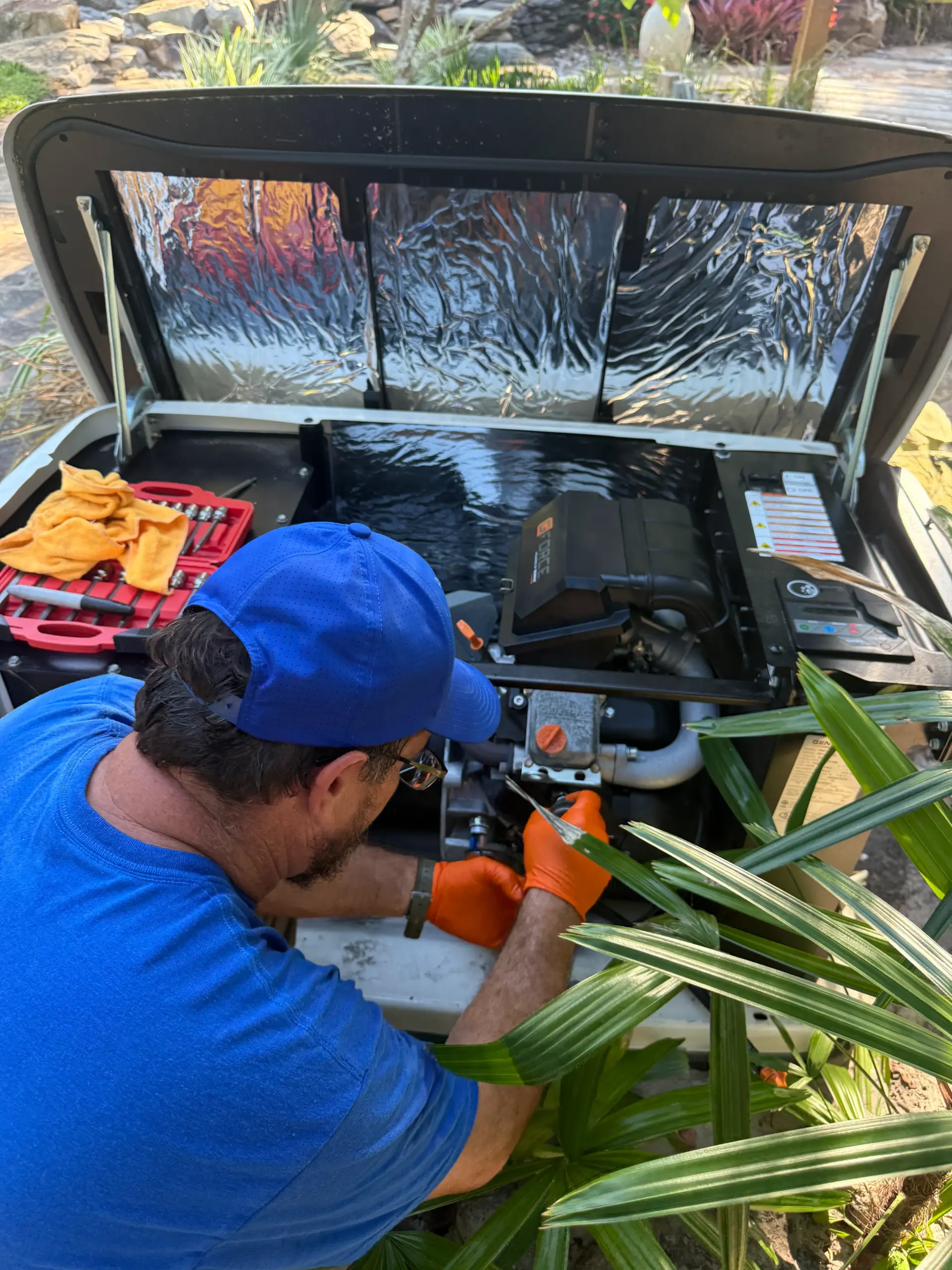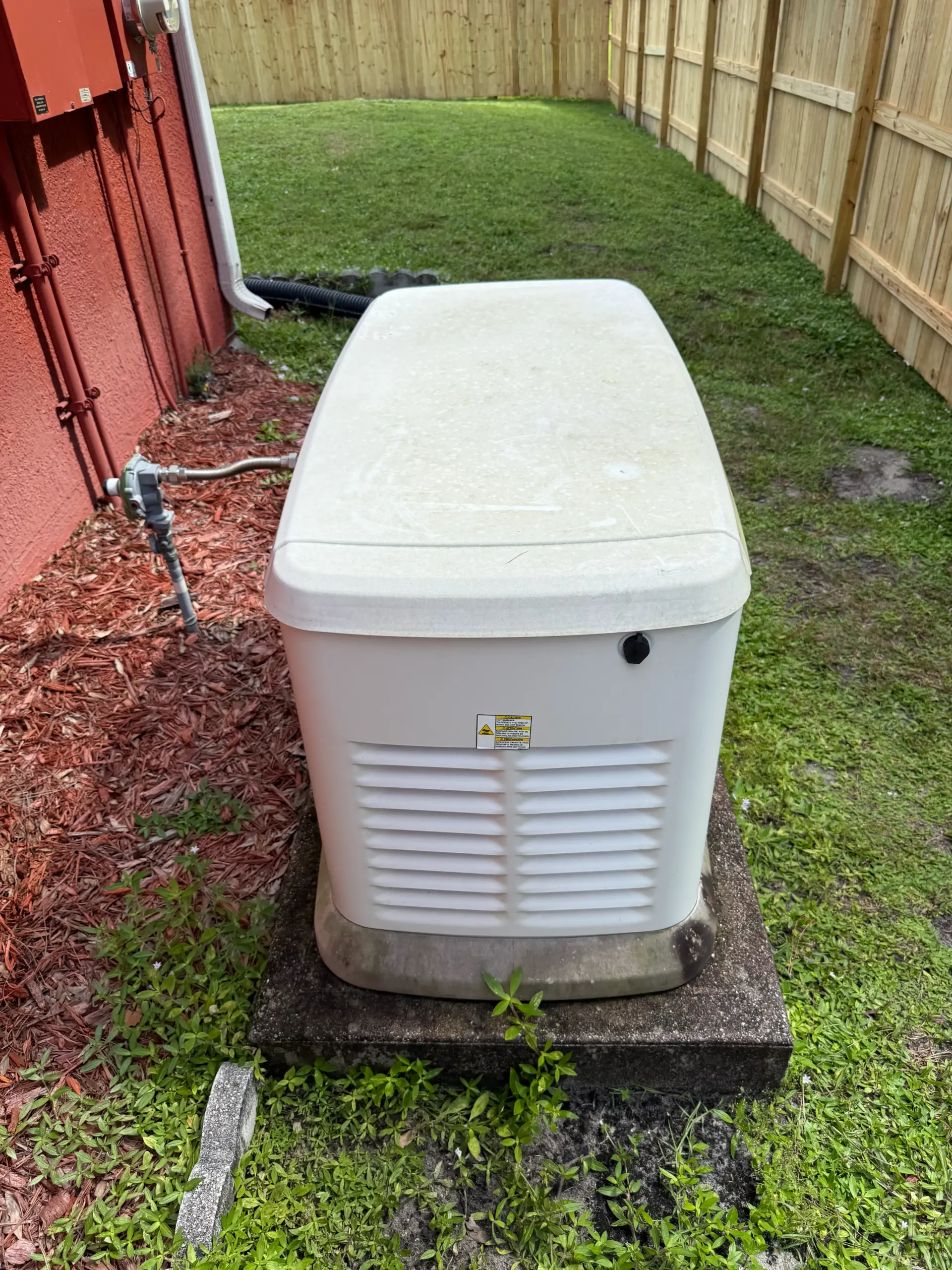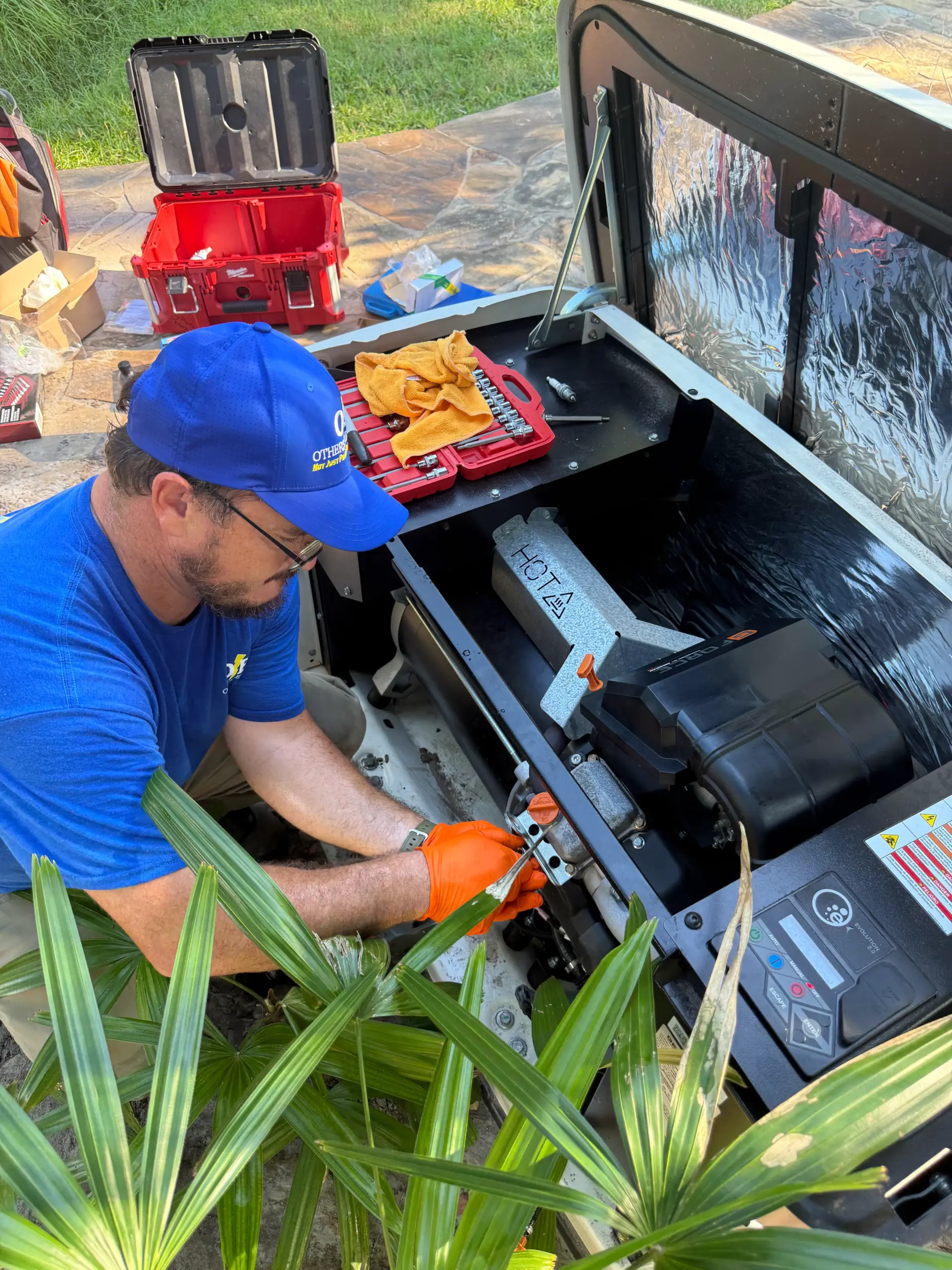What is electricity? Electricity is one of the most fundamental forces of nature, powering everything from our homes to industries and the devices we rely on daily. It is a form of energy resulting from the movement of charged particles, primarily electrons, within conductive materials. Understanding electricity requires diving into the world of physics, where atoms, electrons, and energy transformation take center stage. In this article, we’ll explore what electricity is, how it works, and its role in powering the modern world.
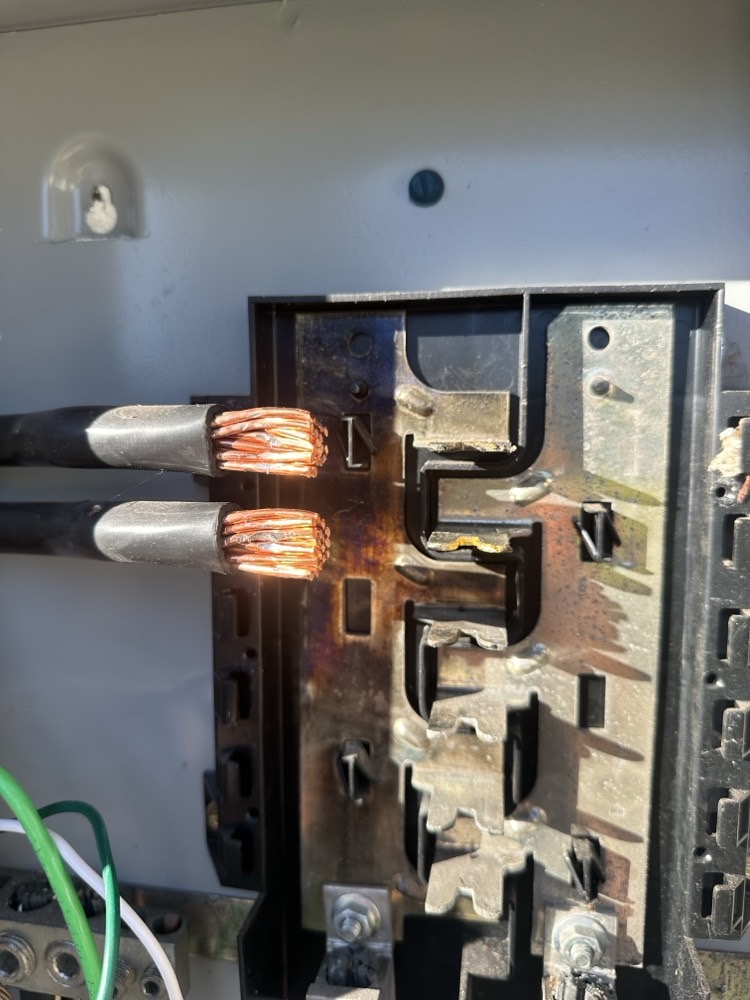
The Basic Building Blocks of Electricity: Atoms and Electrons
At the core of understanding electricity is the atom. Atoms are the fundamental units of matter, consisting of protons, neutrons, and electrons. Protons carry a positive charge, neutrons have no charge, and electrons possess a negative charge. The flow of electricity arises from the movement of electrons between atoms, specifically within materials that allow this flow, known as conductors.
Conductors, like metals (copper, aluminum), contain atoms that allow electrons to move freely from one atom to another. This movement of electrons generates what we call an electric current. The difference in charge between two points creates what is known as an electric potential or voltage. This voltage is what pushes the electrons through a circuit, forming a current that can be harnessed to power devices and systems.
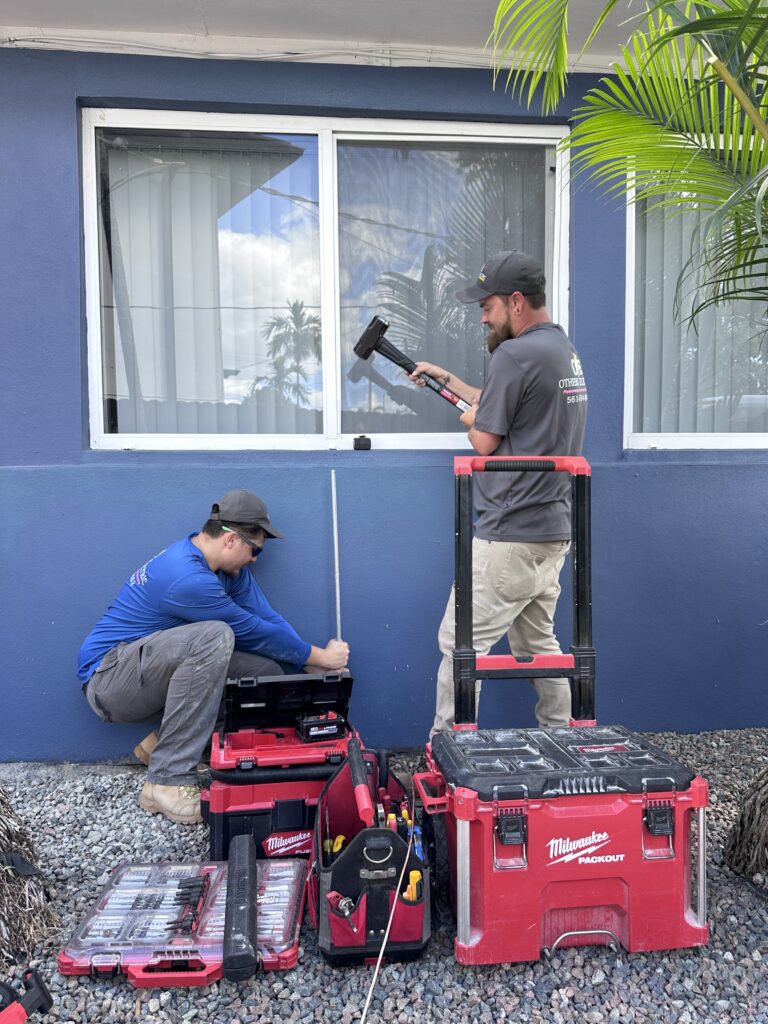
Types of Electricity: Static vs. Current Electricity
There are two primary forms of electricity: static electricity and current electricity.
Static Electricity: Static electricity occurs when there is a buildup of electric charge on the surface of an object. This typically happens when two objects come into contact and electrons are transferred from one to the other. You might experience static electricity when you rub your feet on a carpet and then touch a metal doorknob, resulting in a small shock. Although static electricity can be powerful in certain situations (lightning is a natural form of static electricity), it is not as useful for continuous power as current electricity.
Current Electricity: This is the form of electricity we are most familiar with and use in daily life. It is the continuous flow of electrons through a conductor, such as a wire. Current electricity can be divided into two types:
In DC (direct current), electrons flow in a single direction. Batteries and solar panels provide DC power. In alternating current (AC), electrons switch directions periodically. This type of current is used in most household electrical systems, is generated by power plants, and is distributed through the power grid.
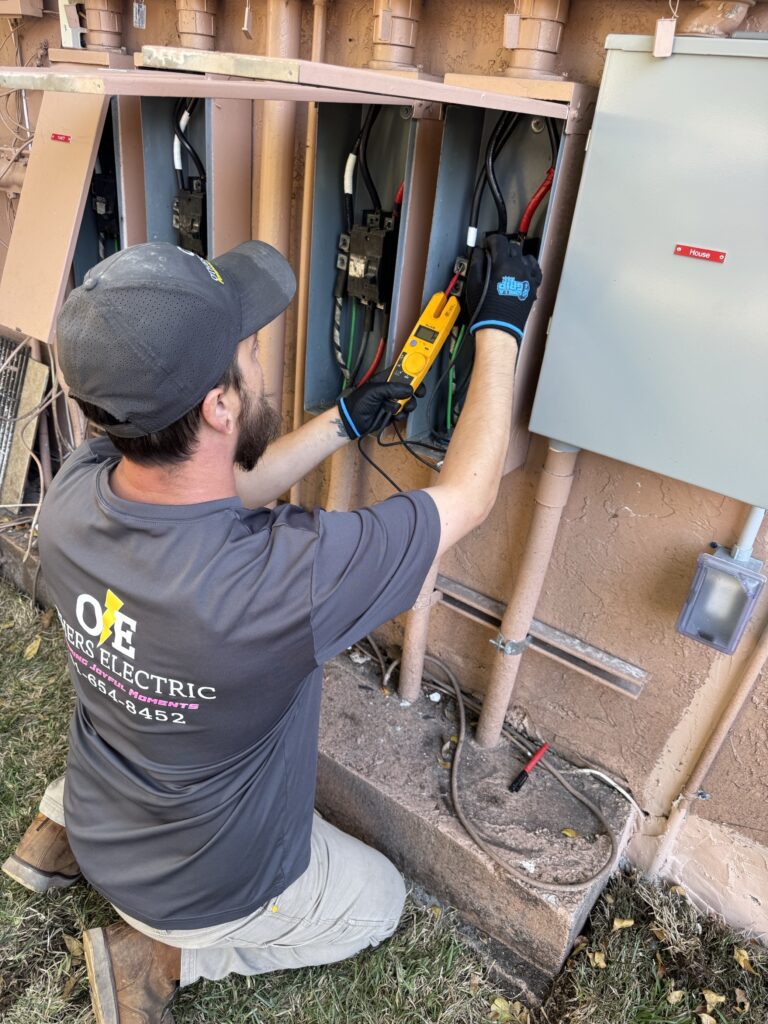
How Electricity is Generated
Electricity can be generated in various ways, with the most common method being through the movement of a conductor (usually a metal coil) within a magnetic field. This process, known as electromagnetic induction, was discovered by Michael Faraday in the early 19th century and serves as the basis for modern electricity generation.
In power plants, electricity is typically generated by converting mechanical energy into electrical energy. This can be done using various energy sources:
Fossil Fuels: Coal, oil, and natural gas are burned to produce steam, which spins a turbine connected to an electricity generator.
Nuclear Energy: In nuclear power plants, nuclear fission produces heat that creates steam to turn turbines.
Renewable Energy: Solar, wind, hydroelectric, and geothermal energy are increasingly being used to generate electricity. Solar panels convert sunlight directly into electricity, wind turbines harness wind energy to generate power, and hydroelectric plants use flowing water to turn turbines.
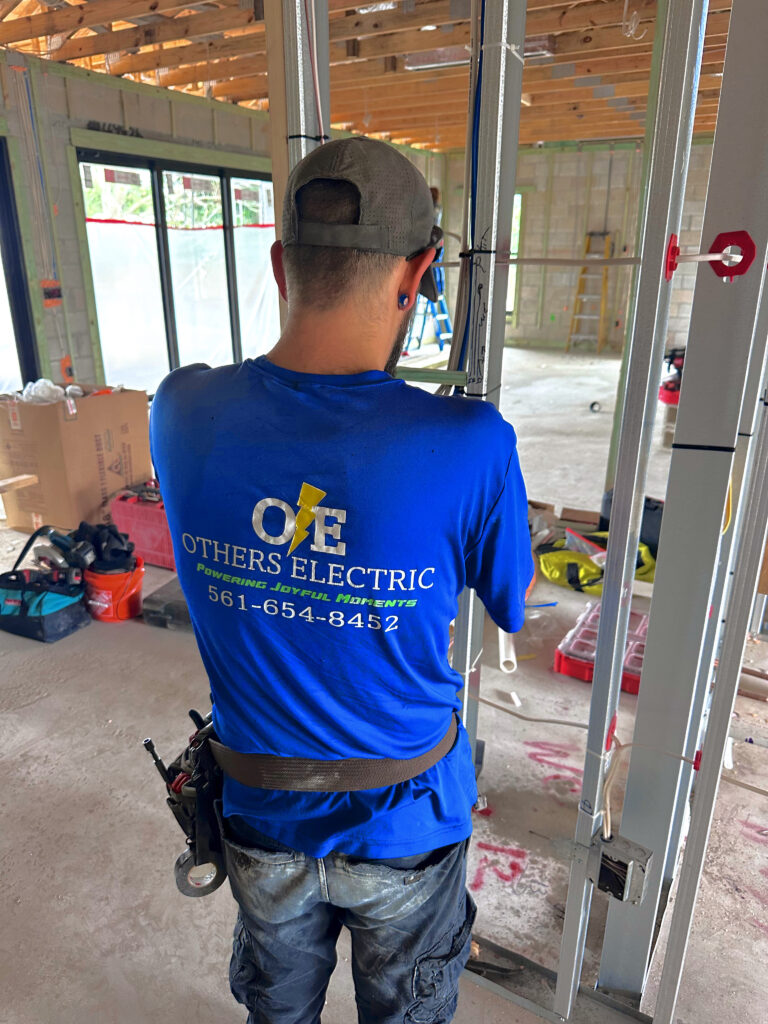
How Electricity Reaches Our Homes
Once electricity is generated, it must be distributed to homes, businesses, and industries. This process involves several steps:
Step One: Transmission. High-voltage electricity is transmitted over long distances through power lines. Transformers increase the voltage to reduce energy loss during transmission.
Step Two: Distribution. Once electricity reaches a local substation, the voltage is reduced to a lower level and distributed to homes and businesses.
Step Three: Consumption. Finally, electricity flows into homes where it powers lights, appliances, and electronics. Circuit breakers and fuses protect the system from overload, ensuring safe usage.
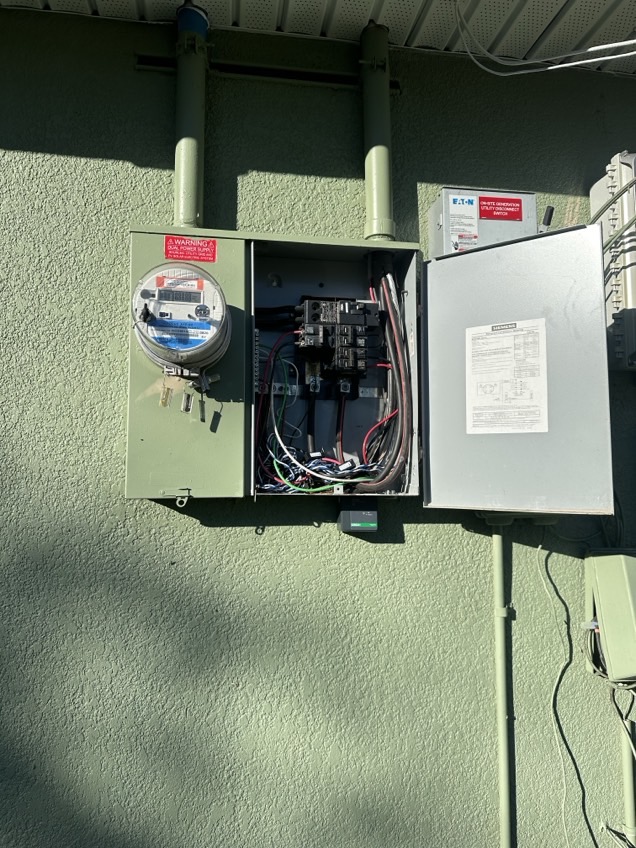
The Role of Electricity in Modern Life
Electricity plays an integral role in modern society. Without it, many of the conveniences and necessities we take for granted would not exist. It powers lighting, heating, cooling systems, and all the devices and appliances that make life comfortable and efficient.
In industries, electricity is essential for manufacturing, transportation, and communication. It powers machines, keeps factories running, and facilitates global trade. In the medical field, electricity is vital for running life-saving equipment, diagnostic tools, and hospital infrastructure.
Furthermore, electricity is the backbone of modern technology. The digital age has brought an unprecedented demand for electrical power, with data centers, servers, and communication networks all relying on a steady supply of electricity to function.

The Future of Electricity
As the world moves toward more sustainable energy sources, the future of electricity is closely tied to the development and adoption of renewable energy. Solar, wind, and hydroelectric power are increasingly being integrated into power grids, helping reduce reliance on fossil fuels and mitigate environmental impacts.
Advances in energy storage technologies, such as batteries, are also critical for the future of electricity. One of the biggest challenges with renewable energy is its intermittency – solar panels don’t produce energy at night, and wind turbines don’t generate power when there’s no wind. Energy storage solutions will allow excess electricity generated during peak periods to be stored and used when needed, ensuring a consistent and reliable power supply.
Smart grids are another important development in the future of electricity. These grids use digital technology to monitor and manage electricity flows more efficiently, reducing waste and optimizing power distribution. Smart grids can also integrate renewable energy sources more effectively and allow consumers to manage their energy usage more precisely.
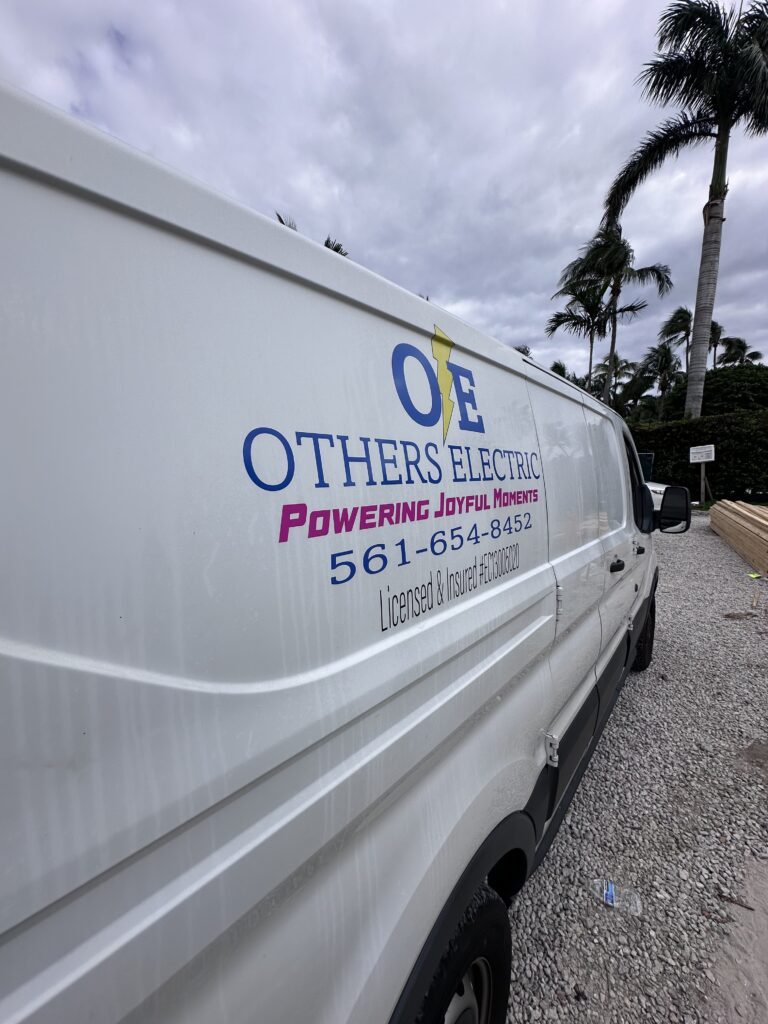
Conclusion
Electricity is a fundamental force that powers the modern world, from homes and businesses to industries and medical facilities. Understanding how electricity works, how it is generated, and how it reaches our homes provides insight into its importance and the systems that keep our lives running smoothly.
As society continues to evolve, so too does the role of electricity. The shift toward renewable energy and the development of new technologies like energy storage and smart grids promise a future where electricity is more sustainable, efficient, and reliable. Whether it’s turning on a light, charging a smartphone, or powering an entire city, electricity remains the invisible force driving progress and innovation across the globe.



